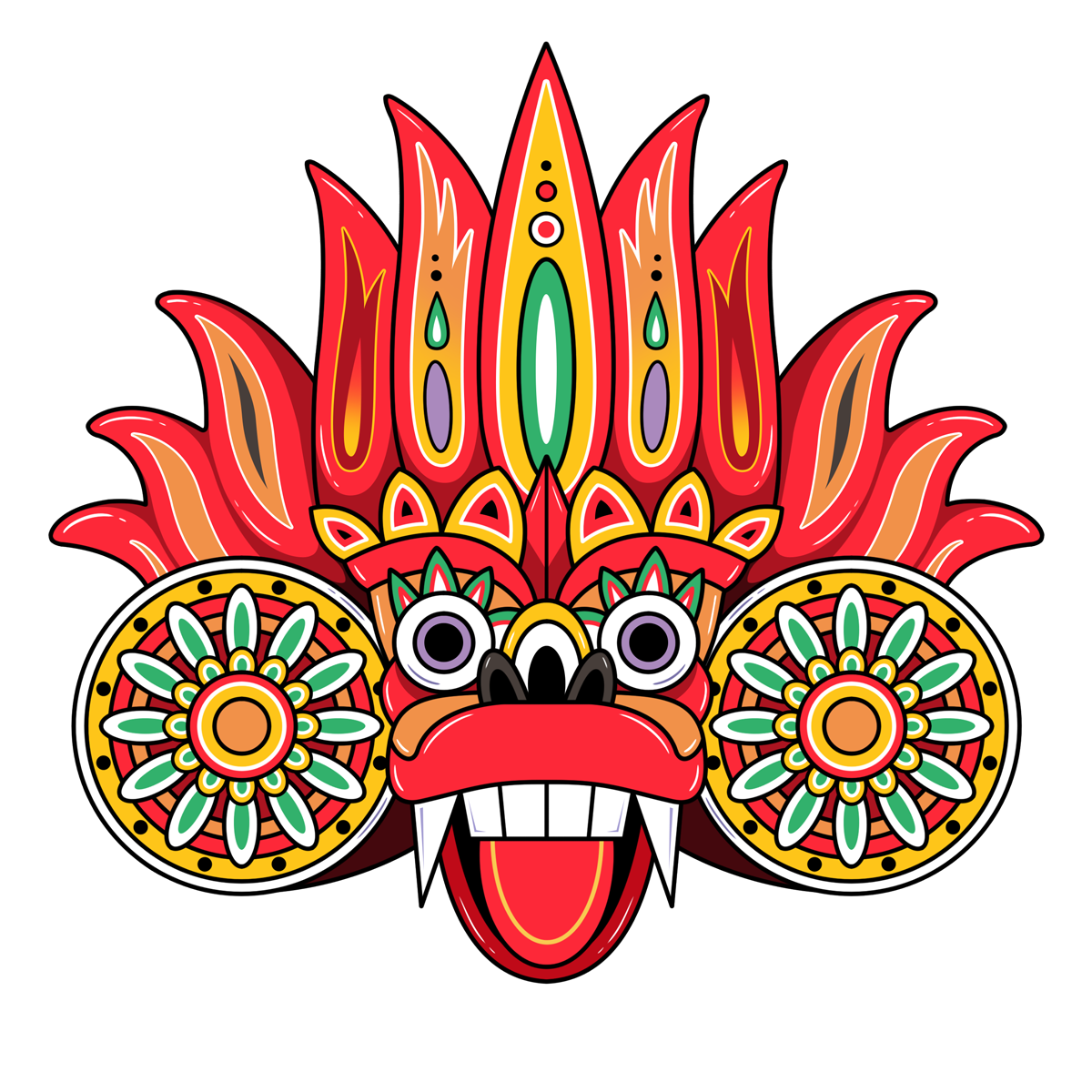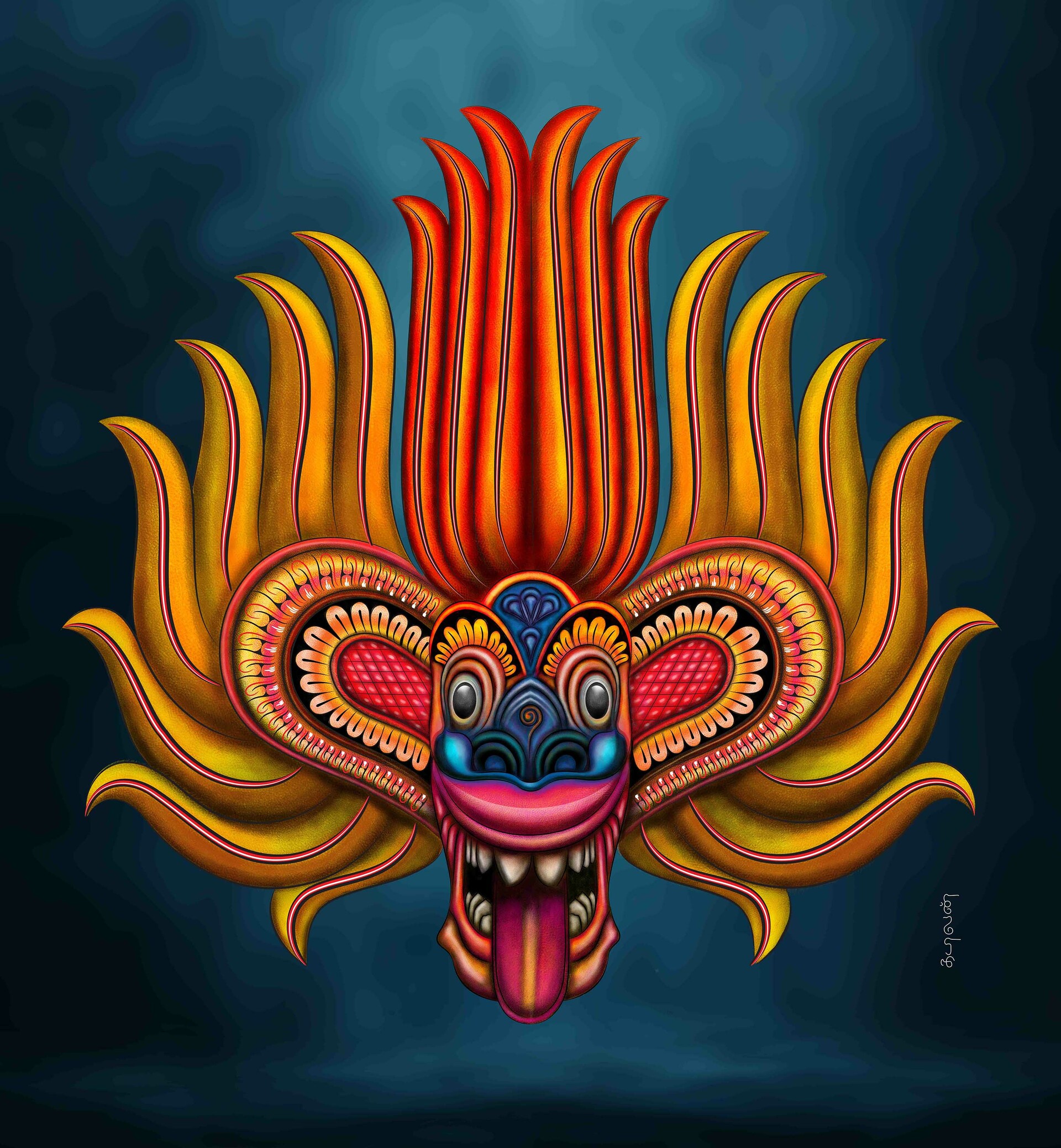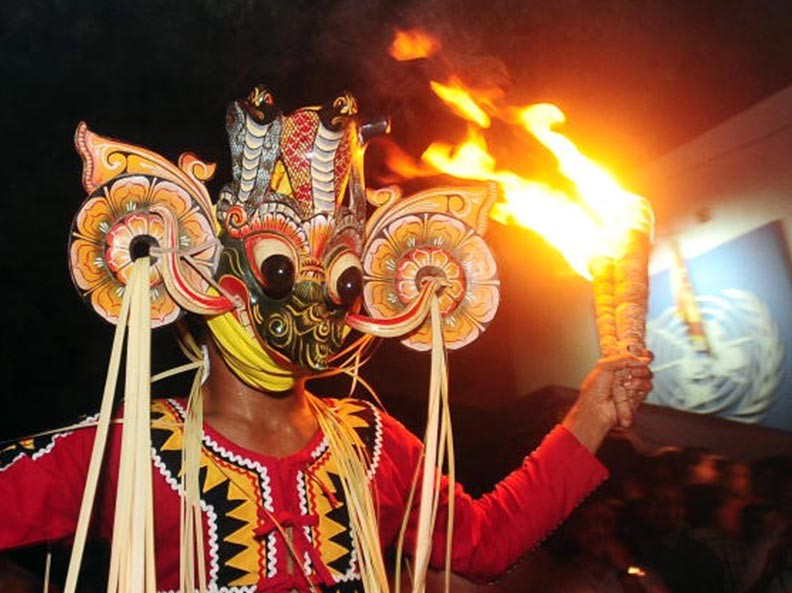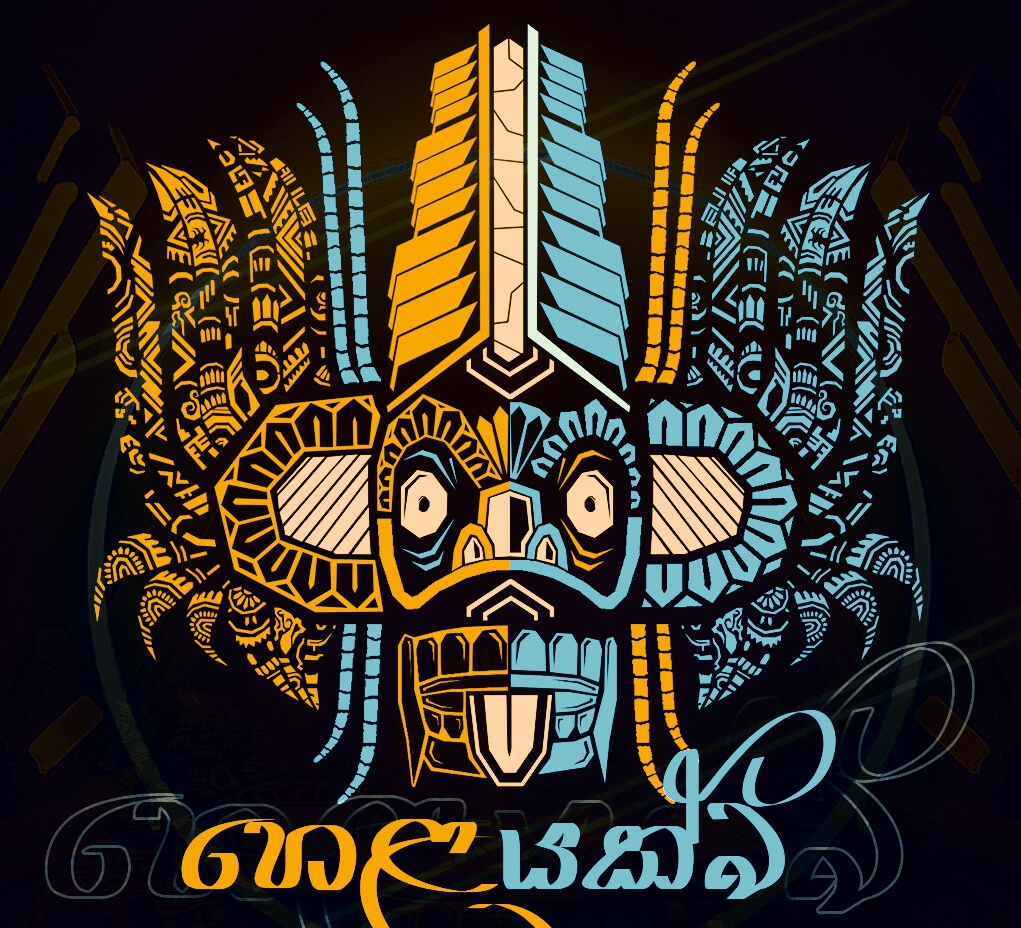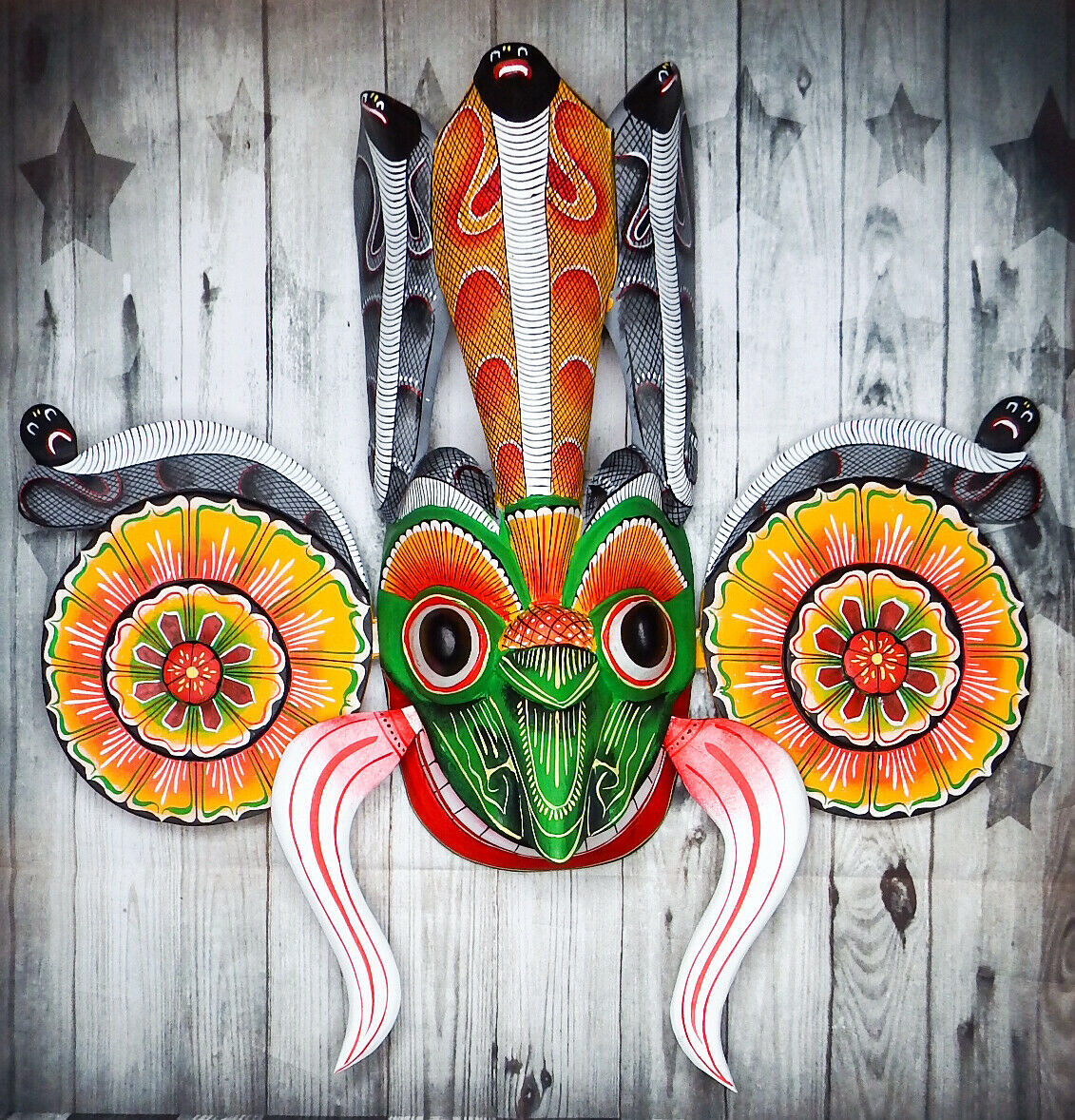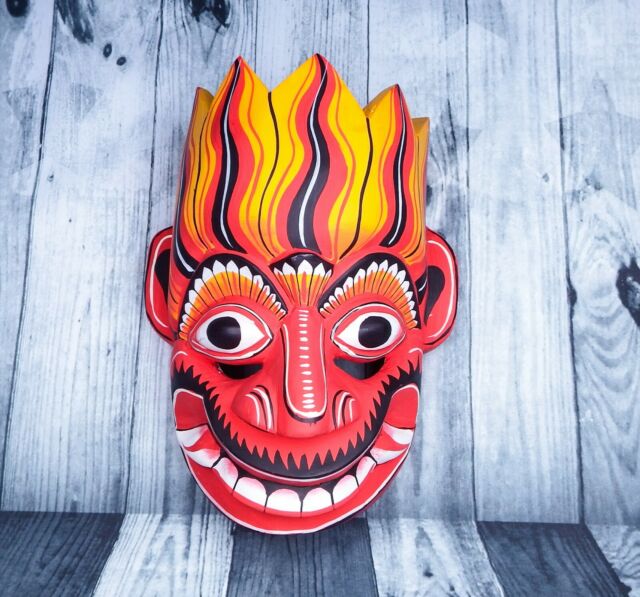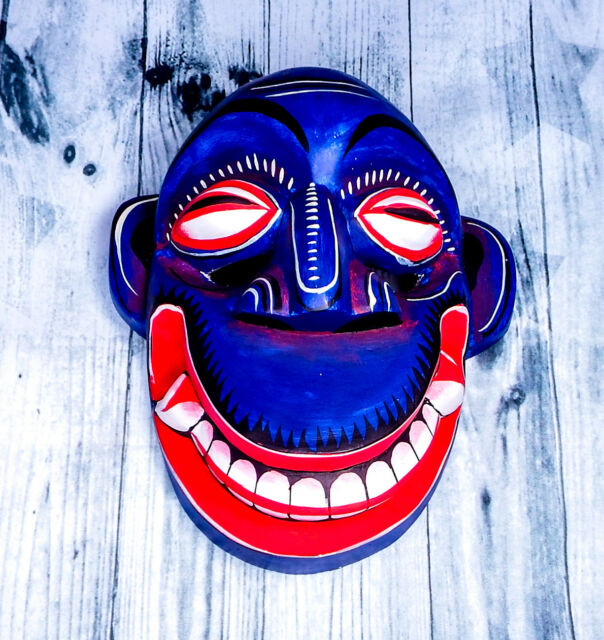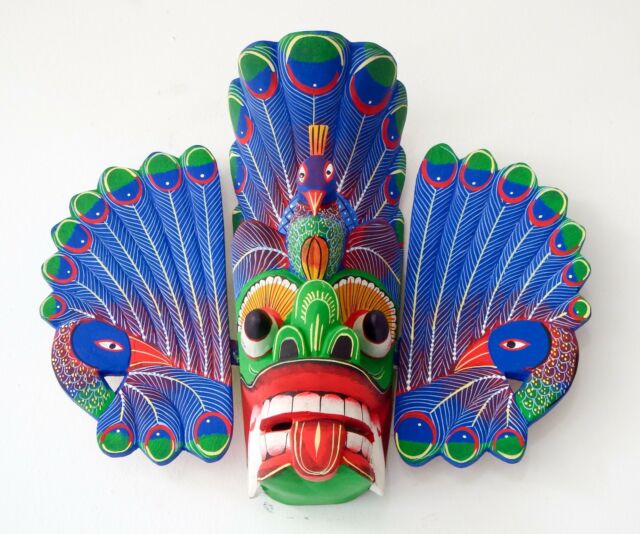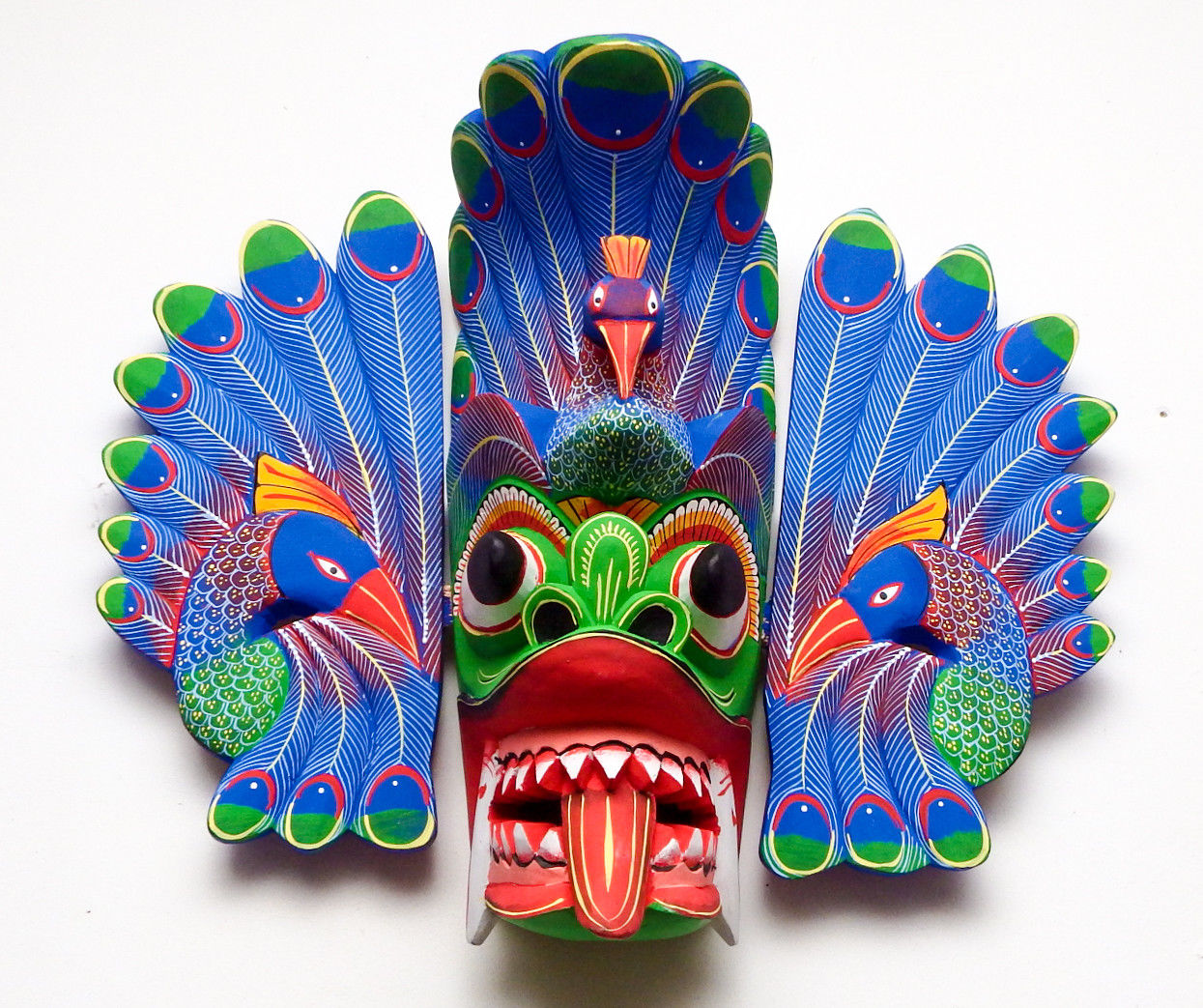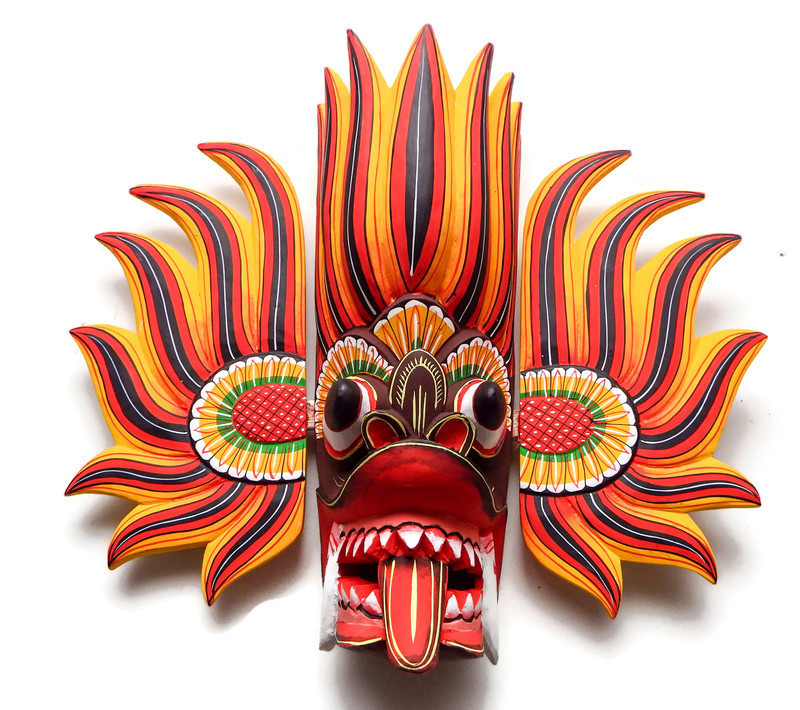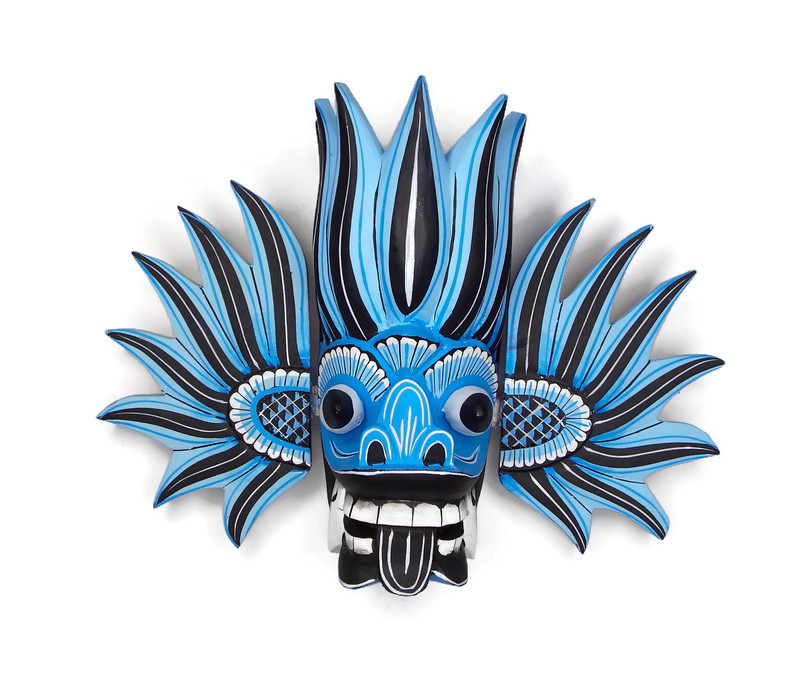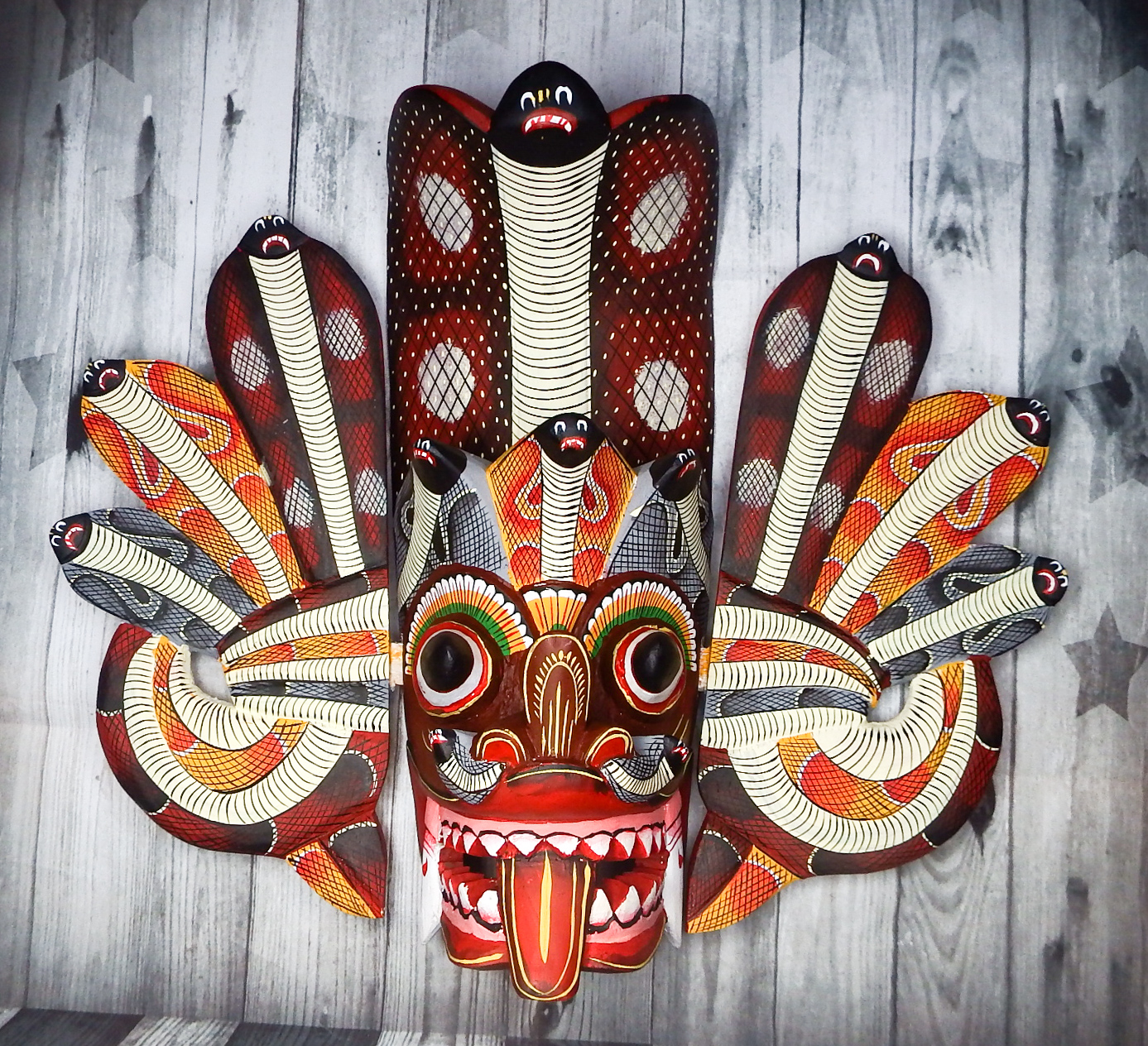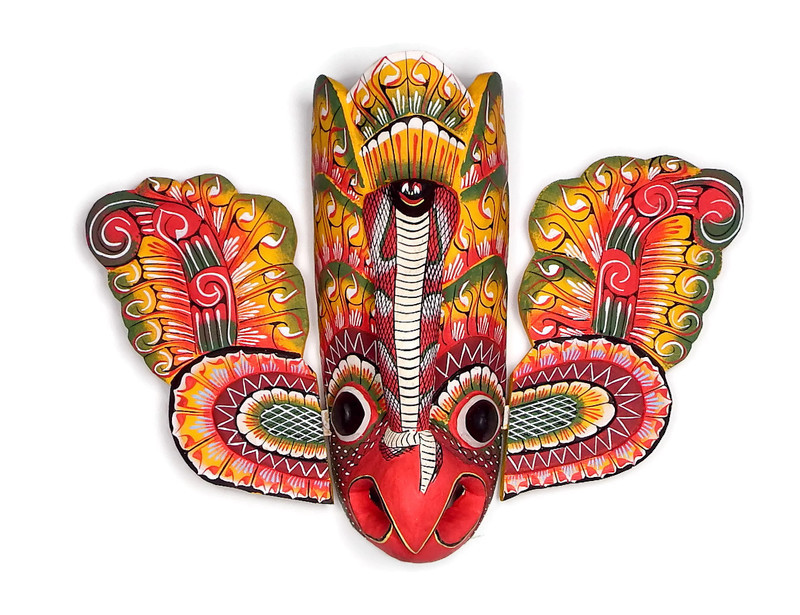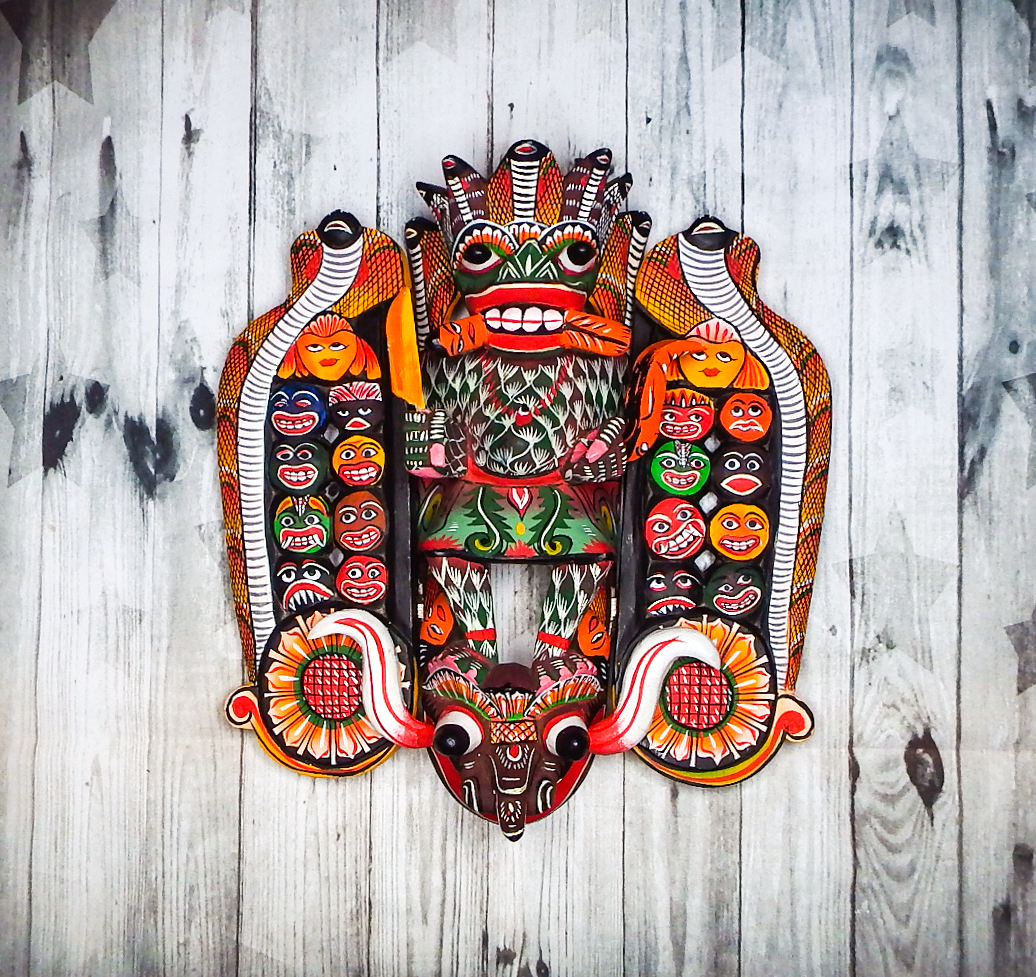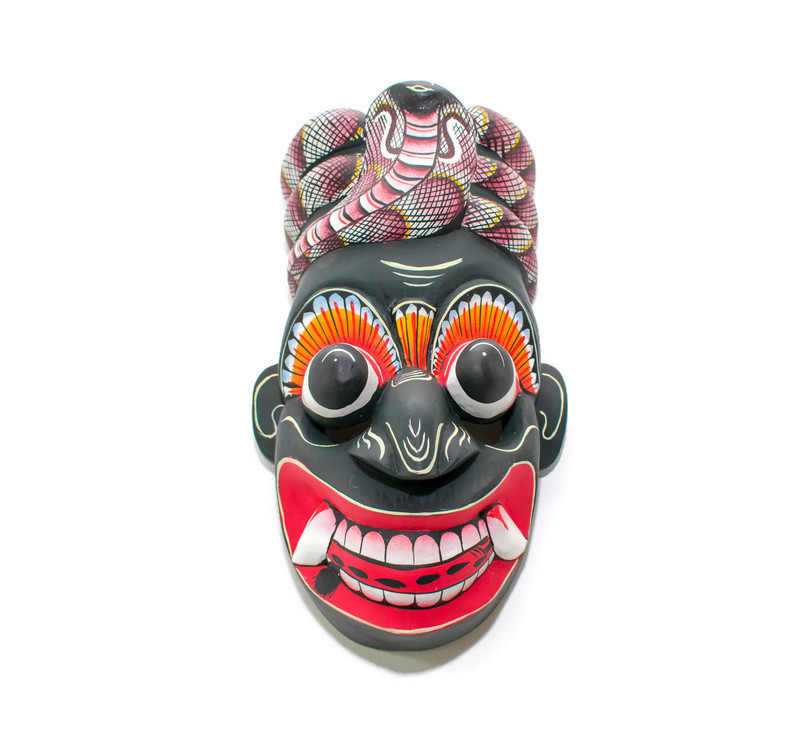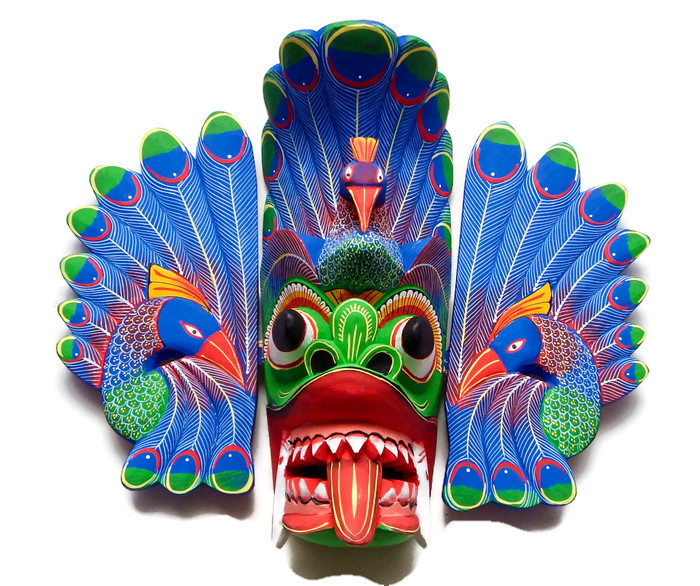Sri Lanka; small but when it comes to culture, we are truly unmatched. Different parts of this island nation has mastered different types of arts for the last thousand years or so, and the Southern part of the island has many arts and history contained. For example the Southern dance style, the Southern musical instruments, even the way they fish is an art that no other part in the island follows. Travelling south from Colombo you will find the city of Ambalangoda- the city of masks. Here in this video you will find a very special stories behind these masks revealed.
The history of Sri Lankan masks actually dates as far back as the 15th century, with strong links to devil-worship. For anyone interested in the art of Sri Lankan mask carving and mask dances, a trip to Ambalangoda is a must. There you will find the Mask Museum: a museum, workshop and library dedicated to everything mask related.
In Sri Lanka, we mainly use masks for mask dances, while hanging masks in the household to cast off the evil eye is also popular. There are three types of mask dances: Raksha (Demon), Kolam (Folktale) and Sanni (Devil Dance). Lay people use the Kolam masks for storytelling dances while the Raksha masks are used to ward off evil or as an aid in festivals. The Sanni masks are mainly used in healing ceremonies and worn by an edura (a sort of Sri Lankan artist/exorcist). Apparently, there are eighteen different Sanni masks, each specializing in curing specific illnesses.
While the production of handcrafted masks using traditional methods and the performing of devil dances to cure ailments have both greatly diminished in recent years, the making of synthetic masks and the enactment of devil dances for outsiders is still popular in the southern coastal region. Besides, surely it’s reassuring to know that whether you’re seeking protection from snakes or fire, or suffering from nightmares, nausea, epilepsy or blindness, there’s always a Sri Lankan mask cure for all your problems.
Masks used in Rituals








